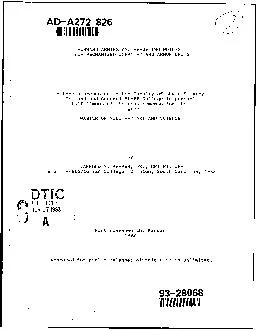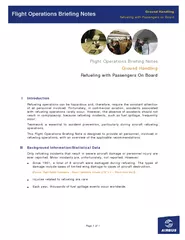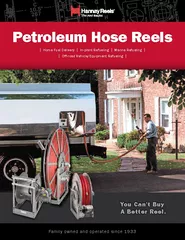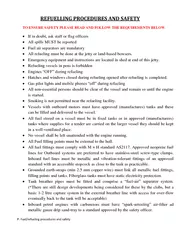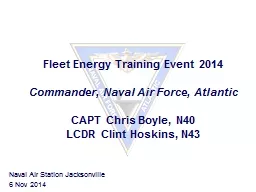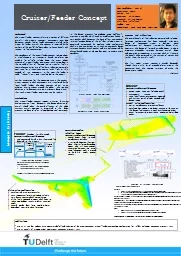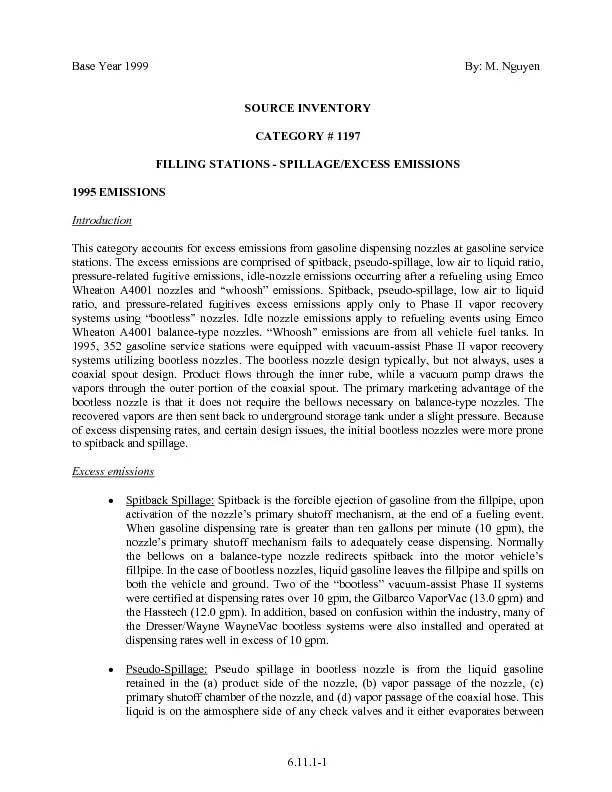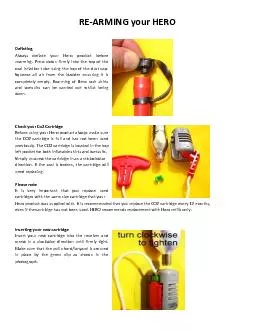PDF-FORWARD ARMING AND REFUELING POINTS
Author : pasty-toler | Published Date : 2017-11-24
ADA272 826 FOR MECHANIZED INFANTRY AND ARMOR UNITS A thesis presented to the Faculty of the US Army Command and General Staff College in partial fulfillment of the
Presentation Embed Code
Download Presentation
Download Presentation The PPT/PDF document "FORWARD ARMING AND REFUELING POINTS" is the property of its rightful owner. Permission is granted to download and print the materials on this website for personal, non-commercial use only, and to display it on your personal computer provided you do not modify the materials and that you retain all copyright notices contained in the materials. By downloading content from our website, you accept the terms of this agreement.
FORWARD ARMING AND REFUELING POINTS: Transcript
Download Rules Of Document
"FORWARD ARMING AND REFUELING POINTS"The content belongs to its owner. You may download and print it for personal use, without modification, and keep all copyright notices. By downloading, you agree to these terms.
Related Documents

